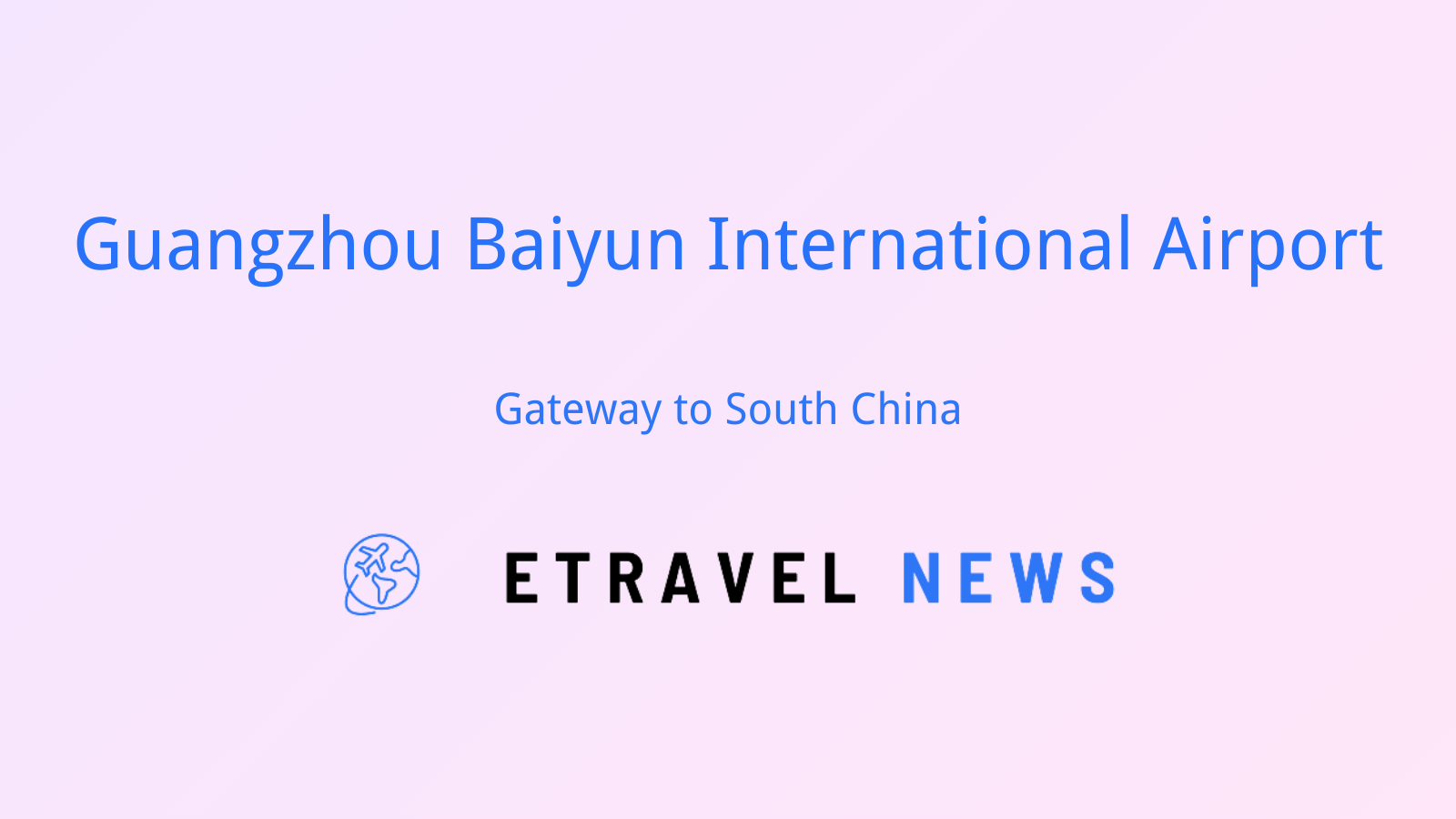Introduction to Hong Kong Pearl Hong Kong, a dazzling metropolis where East meets West, has long been synonymous with luxury and trade. At the heart of its glittering reputation lies the pearl industry, a sector that has shaped the city’s economy and cultural identity for generations. These lustrous gems, revered in Chinese culture for their symbolism of wisdom and purity, have transformed Hong Kong from a humble fishing village into a global pearl trading hub. History of Pearl Trade in Hong Kong The pearl trade in Hong Kong traces its roots back to the region’s maritime history. Initially, local fishermen…
-
-
Introduction to Hong Kong City Tours Hong Kong, a vibrant metropolis where East meets West, offers an unparalleled urban experience. This former British colony, now a Special Administrative Region of China, seamlessly blends ancient traditions with cutting-edge modernity. City tours serve as the perfect gateway to uncover Hong Kong’s multifaceted charm, allowing visitors to dive deep into its rich tapestry of cultures, cuisines, and landscapes. From bustling street markets to towering skyscrapers, Hong Kong’s diversity is best explored through various tour options. Whether you prefer walking tours that wind through narrow alleys, bus tours that cover expansive ground, boat tours…
-
Introduction to Chinese Tables Chinese tables are more than mere pieces of furniture; they are windows into centuries of cultural evolution, artistic expression, and social customs. From ancient times to the present day, tables have played a pivotal role in Chinese households, serving as focal points for family gatherings, tea ceremonies, and scholarly pursuits. The history of Chinese table design is as rich and varied as China itself. Early tables were simple platforms, often low to the ground, reflecting the custom of sitting on mats. As lifestyles evolved, so did table designs, incorporating intricate craftsmanship and symbolic motifs that tell…
-
Introduction to Lake Tai Lake Tai, also known as Taihu, is a vast freshwater lake straddling the border of Jiangsu and Zhejiang provinces in eastern China. As the third-largest freshwater lake in China, it covers an impressive area of 2,250 square kilometers, with a relatively shallow average depth of 2 meters and a shoreline stretching over 393 kilometers. For millennia, Lake Tai has been a cradle of Chinese civilization, shaping the culture, economy, and landscape of the surrounding region. Its serene waters and picturesque scenery have inspired countless poets, artists, and philosophers throughout Chinese history. Today, Lake Tai continues to…
-
Introduction to the Cheongsam The cheongsam, known as qipao in Mandarin, is a form-fitting dress that has become an iconic symbol of Chinese fashion. This elegant garment encapsulates centuries of cultural evolution, blending traditional aesthetics with modern sensibilities. In contemporary Chinese society, the cheongsam holds a unique position. It’s both a link to the past and a canvas for modern expression, worn at formal events and reimagined by fashion designers worldwide. The cheongsam’s journey from everyday wear to haute couture reflects China’s own transformation on the global stage. Historical Evolution of the Cheongsam Qing Dynasty Origins The cheongsam traces its…
-
Introduction to Guangzhou Airport Guangzhou Baiyun International Airport, a bustling hub in South China, stands as a testament to the region’s rapid development and global connectivity. Opened in 2004 to replace the old Baiyun Airport, it has quickly become one of China’s three largest aviation hubs alongside Beijing and Shanghai. Located approximately 28 kilometers north of downtown Guangzhou, the airport serves as a vital link between China and the rest of the world. Its strategic position makes it a crucial point for both domestic and international travel and trade. Key statistics for 2023: Annual passenger volume: Over 65 million Cargo…
-
Introduction to South China South China encompasses a vibrant region that includes the provinces of Guangdong, Fujian, Hainan, and parts of Guangxi and Hunan. This area has been a crucible of economic growth and cultural exchange for centuries, shaping China’s engagement with the world. Key cities in South China include: Guangzhou: The historic “Canton,” a major trading hub Shenzhen: A technology powerhouse and innovation center Hong Kong: Global financial hub with a unique blend of East and West Macau: The “Las Vegas of Asia,” known for its gaming industry These urban centers showcase South China’s economic dynamism and its role…
-
Introduction to Chinese Numerology In Chinese culture, numbers are more than just mathematical symbols; they are deeply intertwined with beliefs, superstitions, and daily life. The concept of lucky and unlucky numbers stems from the phonetic similarities between certain numbers and words in the Chinese language, as well as traditional symbolism. The Luckiest Number: Eight (8) The number 8 (八, bā) is considered the luckiest in Chinese culture due to its pronunciation. It sounds similar to the word for prosperity or wealth (发, fā). Examples of 8 in Daily Life: Phone numbers with multiple 8s are highly prized The Beijing Olympics…
-
Introduction to Downtown Hong Kong In Hong Kong, the term “downtown” typically refers to the bustling commercial and financial districts on the northern shore of Hong Kong Island. This area, once a quiet fishing village, has transformed into a global financial powerhouse and cultural melting pot. The heart of downtown Hong Kong encompasses four key districts: Central: The financial core Admiralty: Government and business center Wan Chai: A blend of old and new Causeway Bay: Shopping paradise Each district offers a unique flavor of Hong Kong’s dynamic urban lifestyle, where East meets West in a dazzling display of modernity and…
-
Introduction to the Yellow River The Yellow River, known as Huang He in Chinese, is an iconic waterway that has shaped China’s history, culture, and landscape for millennia. Often referred to as the “Mother River” and the “Cradle of Chinese Civilization,” its importance to China cannot be overstated. Key Facts: Length: 5,464 kilometers (3,395 miles) Source: Bayan Har Mountains in Qinghai Province Mouth: Bohai Sea in Shandong Province Provinces crossed: 9 (Qinghai, Sichuan, Gansu, Ningxia, Inner Mongolia, Shaanxi, Shanxi, Henan, Shandong) Historical Importance: The Cradle of Chinese Civilization The Yellow River’s fertile banks gave birth to some of China’s earliest civilizations. Its waters nurtured…






